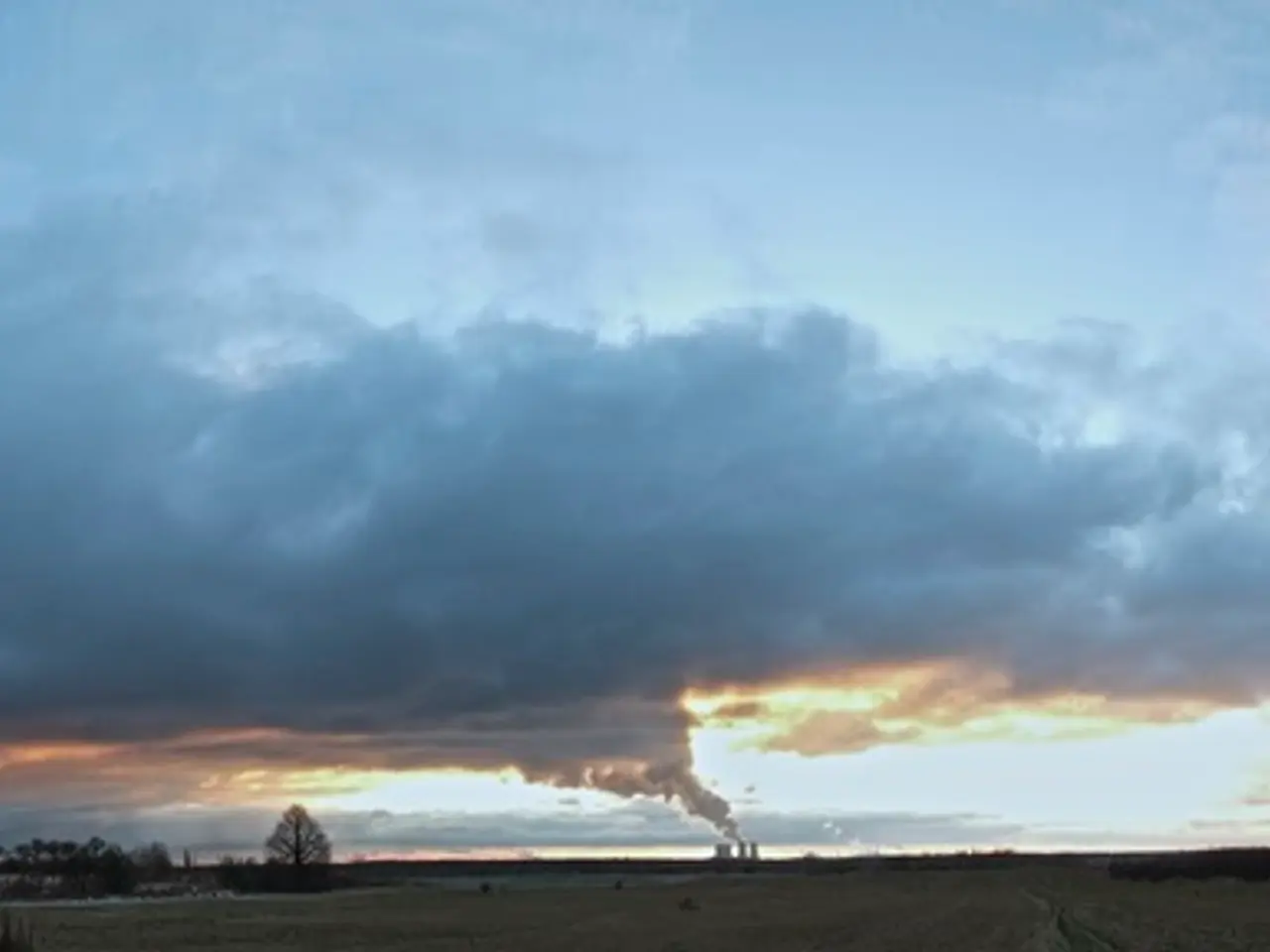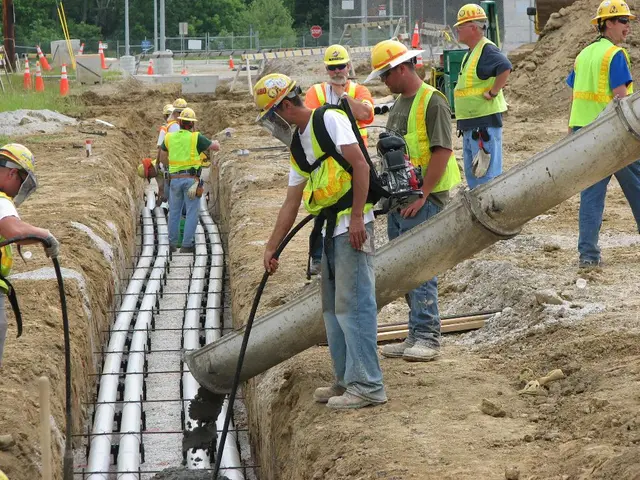India faces increased air pollution due to a combination of factors, with the 'ozone-climate penalty' being one of them. This refers to the worsening of air quality due to the impact of climate change on ozone levels.
In a statement, Anand Kumar Sharma, a visiting faculty at the National Academy of Administration, Mussoorie and former deputy director general of the India Meteorological Department, highlighted the increasing concern over high levels of surface ozone in India.
According to Sharma, while deaths from ozone exposure may not be as pressing as the millions of annual deaths from PM 2.5 pollution, the policies of the National Clean Air Programme in place will eventually make a difference.
Climate change, rising temperatures, and altered weather patterns can contribute to an increase in surface ozone in South Asia, particularly in highly polluted regions like the Indo-Gangetic Plains. This could lead to significant crop yield losses, with India's rice yield loss due to ozone pollution increasing from 7.39 million tonnes to 11.46 million tonnes between 2005 and 2020.
The costs of these losses are substantial. Between 2005 and 2020, the cost of the rice yield loss due to ozone pollution in India was around US$2.92 billion. In 2022 alone, the losses caused by ozone were around US$16.8 billion, which is about 1.5 times the government's total health spending that year.
Surface ozone, also known as ground-level ozone, is generated by interactions between pollutants such as nitrogen oxides and volatile organic compounds. Many regions in India have seen ozone levels exceeding the WHO-recommended exposure threshold of 70 micrograms per cubic metre.
Short-term exposure to ozone increases the risk of death from heart disease, stroke, hypertension, and respiratory issues. Long-term exposure may decrease lung capacity, induce oxidative stress, suppress immune response, and cause lung inflammation.
Human exposure to fine particulate matter (PM 2.5) may worsen the health effects of ozone. According to the 2024 World Air Quality Report, 11 of the world's 20 cities carrying the highest burden of PM 2.5 are in India, with Delhi being the most polluted capital city in the world.
To address the reported increase in ozone levels, Sharma suggested dealing with the precursors - nitrogen oxides, methane, and PM 2.5. The National Clean Air Programme instituted in 2019 is already making efforts to reduce these precursors that contribute to ozone pollution.
However, it's important to note that much of the surface ozone generated is taken care of by nature, such as the monsoon rains. Sharma also emphasized the need to tackle climate change to prevent further increases in surface ozone levels.
In a study published in the journal Global Transitions, it was indicated that deaths from ozone in India exceeded 50,000 in 2022. Another study published in the journal Lancet Planetary Health found that the whole of the population of India lives in areas where PM 2.5 levels exceed WHO guidelines.
Climate change alone could contribute to an increase in surface ozone in South Asia by 2050. Kuttipurath stated that even if precursor emissions remain at the current level, climate change could lead to the increase in surface ozone in South Asia.
In conclusion, the rising levels of ozone pollution in India pose a significant threat to public health and agriculture. Addressing this issue requires a multi-faceted approach, including reducing precursor emissions, combating climate change, and improving air quality management.
Read also:
- Understanding Hemorrhagic Gastroenteritis: Key Facts
- Stopping Osteoporosis Treatment: Timeline Considerations
- Tobacco industry's suggested changes on a legislative modification are disregarded by health journalists
- Expanded Community Health Involvement by CK Birla Hospitals, Jaipur, Maintained Through Consistent Outreach Programs Across Rajasthan








